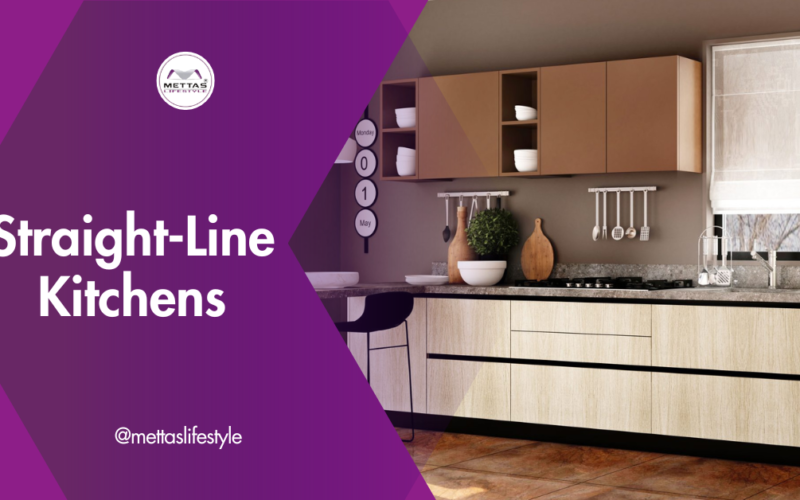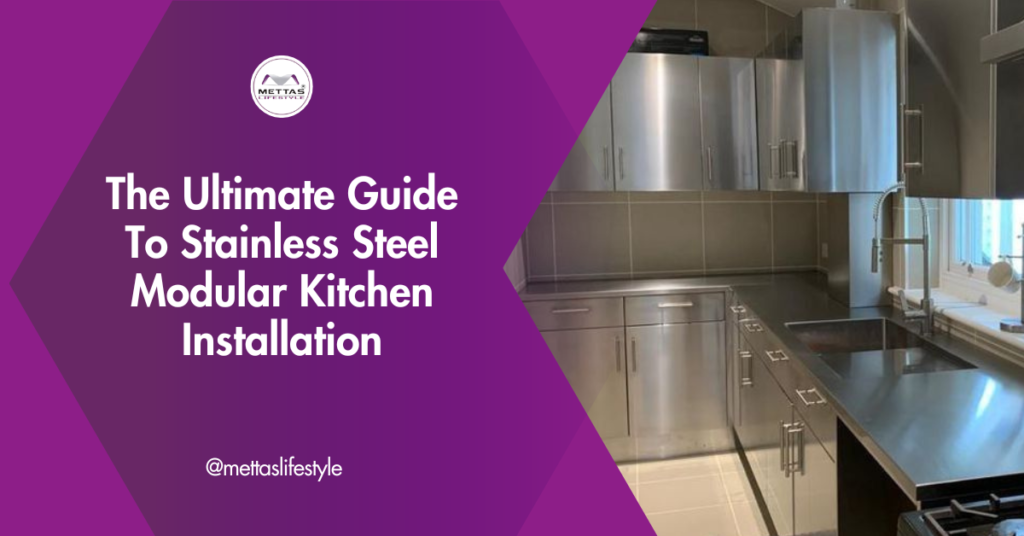

Table of Contents
ToggleIntroduction
Installing a Modular Kitchen can transform your cooking space into a sleek, efficient, and highly functional area. Stainless steel modular kitchens are becoming increasingly popular due to their durability, hygienic properties, and contemporary aesthetic appeal. This guide will walk you through every essential aspect of modular kitchen installation, ensuring your kitchen setup is seamless and long-lasting.
1. Planning and Designing the Layout
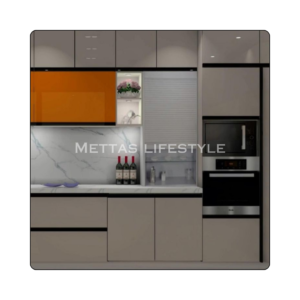
The first step in a successful modular kitchen installation is meticulous planning and designing of the layout. Depending on the available space, you can opt for popular layouts like L-shaped, U-shaped, or parallel kitchens. Proper planning ensures an optimal workflow between cooking, cleaning, and storage areas. The golden triangle rule, which focuses on positioning the stove, sink, and refrigerator, is essential for maximizing efficiency. Additionally, consider traffic flow, ventilation, and adequate lighting to create a balanced, functional, and aesthetically pleasing space.
2. Choosing the Right Stainless Steel Material
Not all stainless steel is created equal, and selecting the right grade is crucial for your kitchen’s longevity. Grade 304 stainless steel is commonly preferred for modular kitchens due to its rust, corrosion, and staining resistance. This material is also non-porous, which prevents bacterial growth and ensures a hygienic surface. Besides the material grade, you should also pay attention to the thickness and finish of the steel. A matte finish is usually better at resisting fingerprints and smudges, making maintenance easier.
3. Hiring Professional Installers For Modular Kitchen Installation
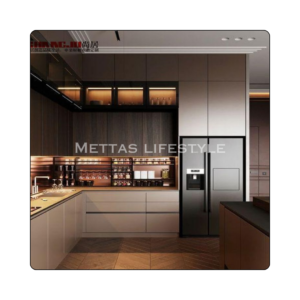
While DIY projects can be tempting, installing a stainless steel modular kitchen requires professional expertise. Skilled installers understand the intricacies of fitting cabinets, countertops, and appliances perfectly. They also ensure that all safety guidelines are followed and plumbing and electrical connections are set up correctly. Professional installers can also provide valuable insights into design optimization, helping you make the best use of your kitchen space.
4. Ensuring Proper Ventilation
A well-ventilated kitchen is essential for maintaining air quality and preventing moisture buildup, which can lead to rust on stainless steel surfaces. Installing an efficient chimney or exhaust fan helps in removing smoke, heat, and odors. Proper ventilation also ensures that your stainless steel kitchen remains free from dampness and grime, prolonging its lifespan. Additionally, if possible, include large windows or ventilation ducts to allow fresh air circulation.
5. Selecting Smart Storage Solutions
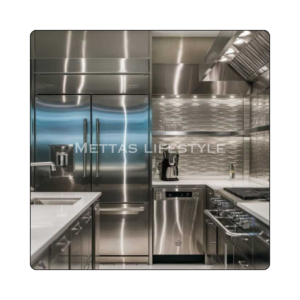
One of the major advantages of modular kitchens is the availability of smart storage solutions. Pull-out drawers, deep cabinets, vertical storage racks, and corner carousels are all designed to maximize space efficiency. Stainless steel modular kitchens also allow for customizable storage options, ensuring every inch is utilized effectively. From cutlery organizers to dedicated spice racks, smart storage enhances convenience and minimizes clutter in your kitchen.
6. Installing High-Quality Countertops
Countertops are the most used surfaces in a kitchen, and choosing the right one is critical. Stainless steel countertops are heat-resistant, durable, and easy to clean. They are also non-porous, making them resistant to stains and bacterial buildup. However, proper installation is key to ensuring stability and preventing water seepage. Additionally, pairing stainless steel countertops with complementary backsplashes can enhance both functionality and visual appeal.
7. Integrating Modern Appliances
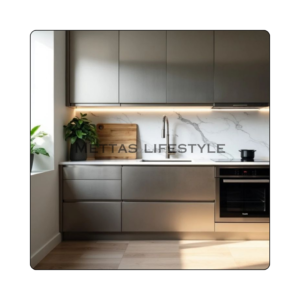
Modern kitchens are incomplete without state-of-the-art appliances. Built-in ovens, induction cooktops, smart refrigerators, and silent chimneys are some appliances that can elevate your kitchen’s efficiency. Stainless steel kitchens are designed to seamlessly integrate these appliances, maintaining a uniform and polished look. PlacemThe placementpliances should be well thought out, ensuring they are easily accessible without obstructing movement in the kitchen.
8. Maintaining Hygiene and Cleanliness
Stainless steel modular kitchens are known for their hygienic properties, but they still require regular maintenance. Daily cleaning with a mild detergent and a soft cloth can prevent stains and smudges. Avoid using abrasive cleaners or harsh chemicals, as they can damage the surface finish. Periodic polishing can keep your stainless steel surfaces looking new and shiny. Investing in removable shelves and easily cleanable surfaces will also simplify maintenance.
9. Adding Aesthetic Touches
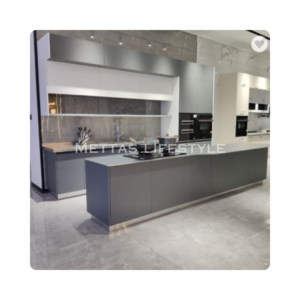
While functionality is a priority, aesthetics should not be overlooked. Stainless steel kitchens have a sleek and modern appearance, but you can further enhance their look with stylish lighting, decorative handles, and glass cabinet fronts. Backsplashes in contrasting colors or patterns can also add character to the kitchen. Including subtle decorative elements like indoor plants or vibrant accessories can bring warmth and personality to the space.
10. Regular Inspections and Upkeep
After installation, regular inspections are essential to ensure everything is functioning correctly. Check for loose fittings, water leaks, or appliance malfunctions. Addressing small issues early can prevent costly repairs down the line. Professional servicing every few years can also help maintain the structural integrity of your modular kitchen.
Conclusion
Installing a Stainless Steel Modular Kitchen is a smart investment that offers unmatched durability, efficiency, and style. By carefully planning the layout, choosing quality materials, and paying attention to ventilation, storage, and maintenance, you can create a kitchen that stands the test of time. Whether you’re renovating or building from scratch, a stainless steel modular kitchen is an excellent choice for modern living.
Have questions about your next renovation project? We’ve got answers. Let’s do this together.
Follow us on Instagram and YouTube.
FAQs
Stainless steel is durable, hygienic, and easy to maintain, making it ideal for modular kitchens.
With proper care, it can last for decades.
High-grade stainless steel is rust and corrosion-resistant.
Yes, modular kitchens offer great flexibility in design.
While they may have a higher initial cost, their durability makes them cost-effective in the long run.


